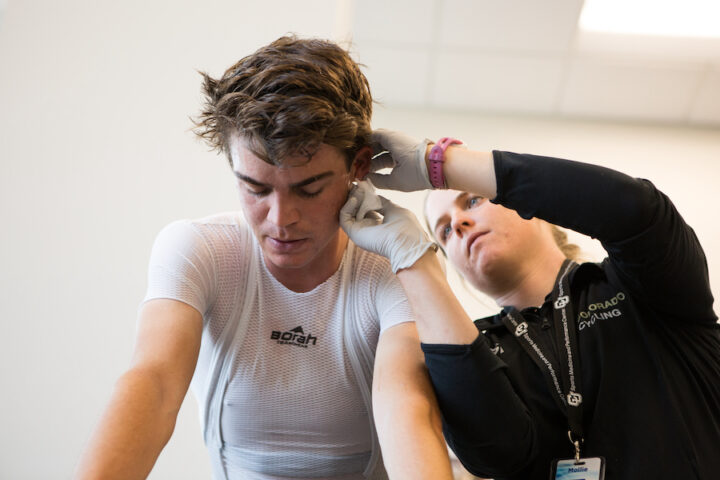
The Endurance Athlete’s Guide to VO2max and Lactate Tests
Find out all the dos and don’ts of physiological testing as we break down VO2max and lactate/ramp testing.
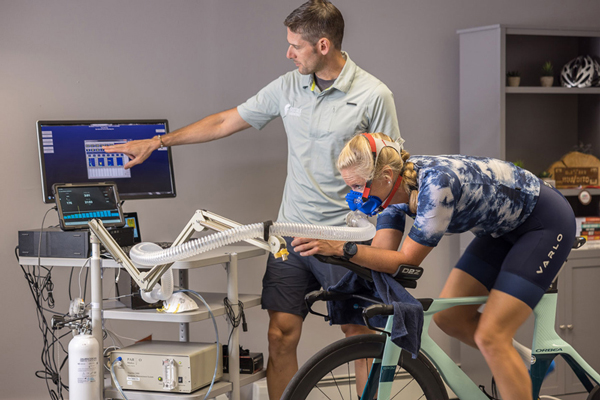
Humans aren’t machines—we’re much more complicated. Exercise physiology involves changes in the body from exercise and rest.
From anaerobic threshold to environmental acclimatization, from FTP to PGC-1 alpha, we explore the science of human performance.

Find out all the dos and don’ts of physiological testing as we break down VO2max and lactate/ramp testing.
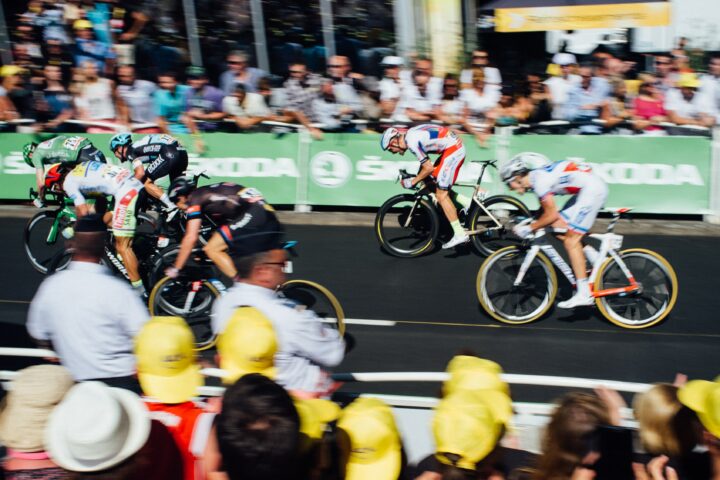
We explore the physiology of race season—how to find top-end fitness, how long it takes, and the best ways to do it.
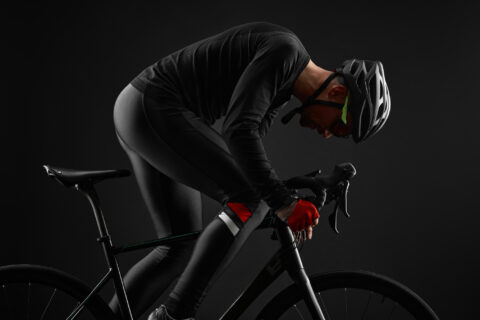
Your lactate threshold may not be what you think it is. Coach Trevor Connor explores the true definition of this physiological turn point.
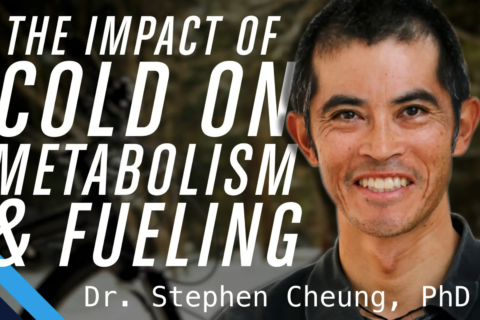
Environmental physiologist Dr. Stephen Cheung addresses whether the amount of fat and carbohydrate used for energy changes with the temperature.
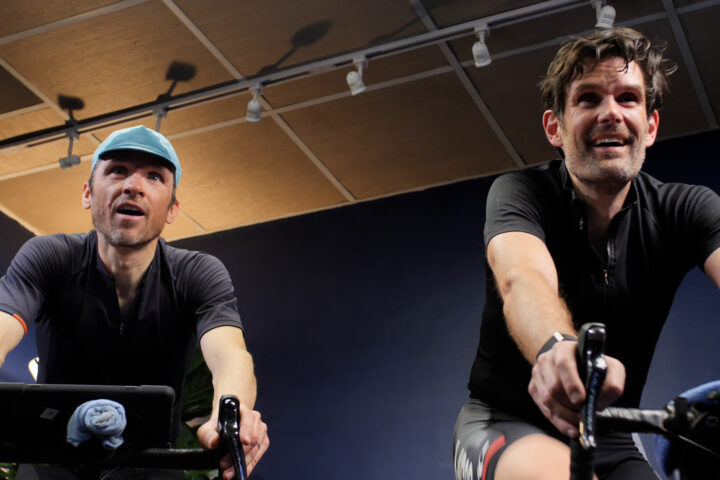
The demands of virtual racing are different from live racing. Physiologist Rob Pickels explores the science of warmups and how this applies to fast-start Zwift races.

Should we modify how, where, and when we train based on our potential exposure to pollutants?
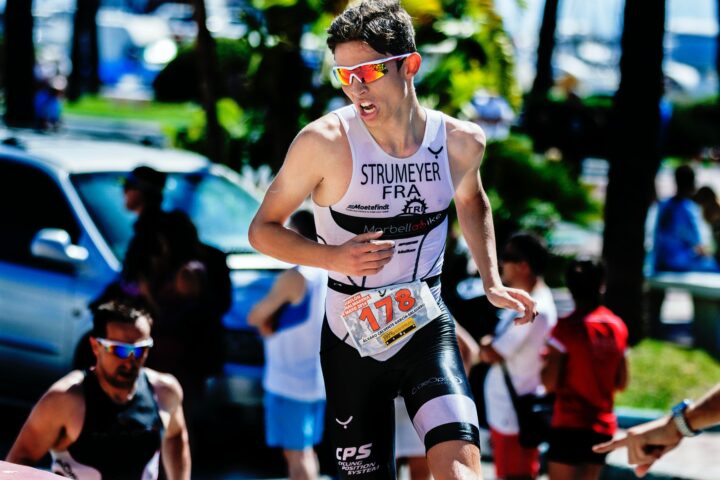
Endurance athletes inevitably face the challenges imposed by training and racing in the heat. How do our bodies respond, and what are ways that we can best prepare? Learn how to beat the heat with advice from Dr. Stephen Cheung, Dr. Stephen Seiler, and a range of experts and coaches.
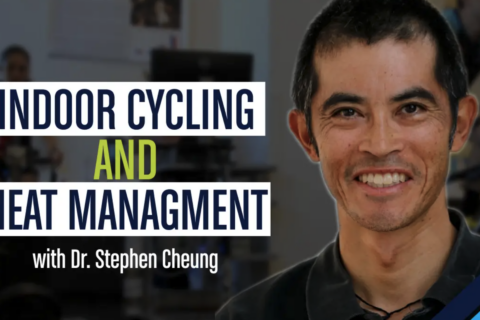
Dr. Cheung offers several tips to improve indoor cycling conditions to minimize any environmental impact. Hint: Airflow changes everything!
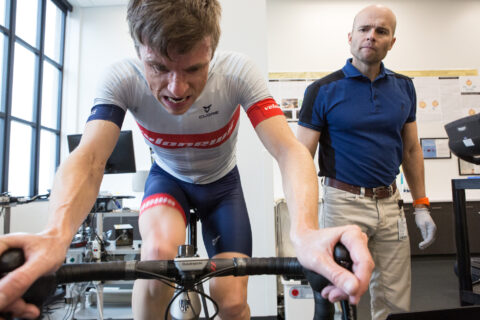
Training inside is hot! Here are some facts and tips on beating the heat indoors.
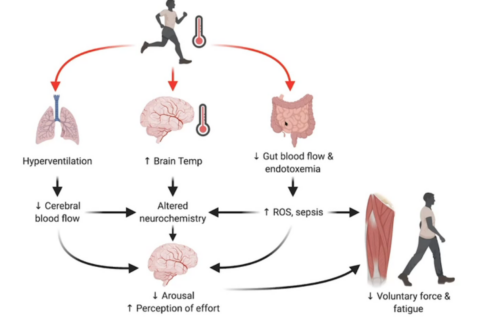
Dr. Stephen Cheung leads a discussion on indoor cycling, including heat management, adaptive differences between indoor and outdoor workouts, and what to do with those “nice” winter days when you can sneak outdoors.
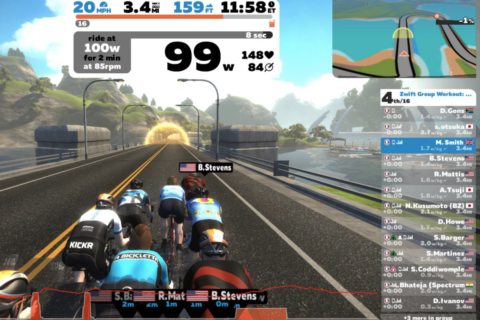
Dr. Stephen Seiler explores whether a Zwift race of about 60 minutes can be a decent substitute for a 60-minute FTP test.